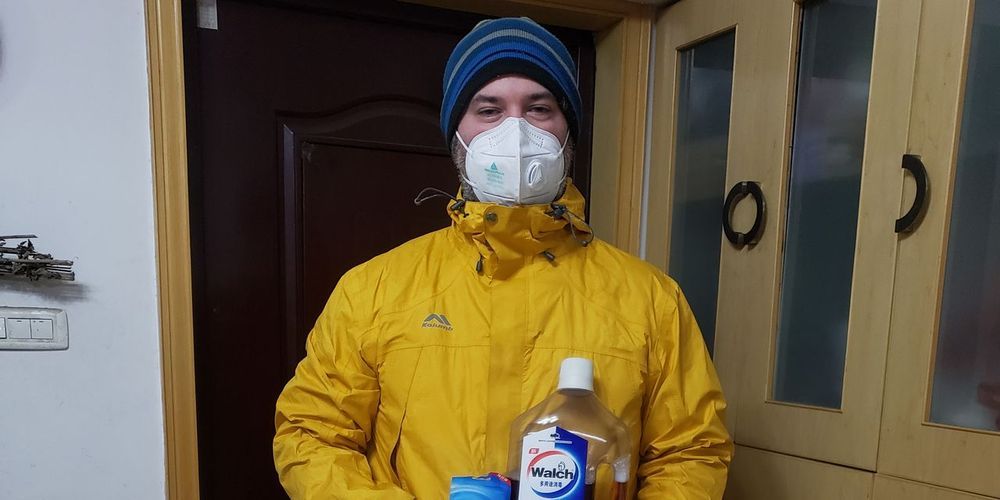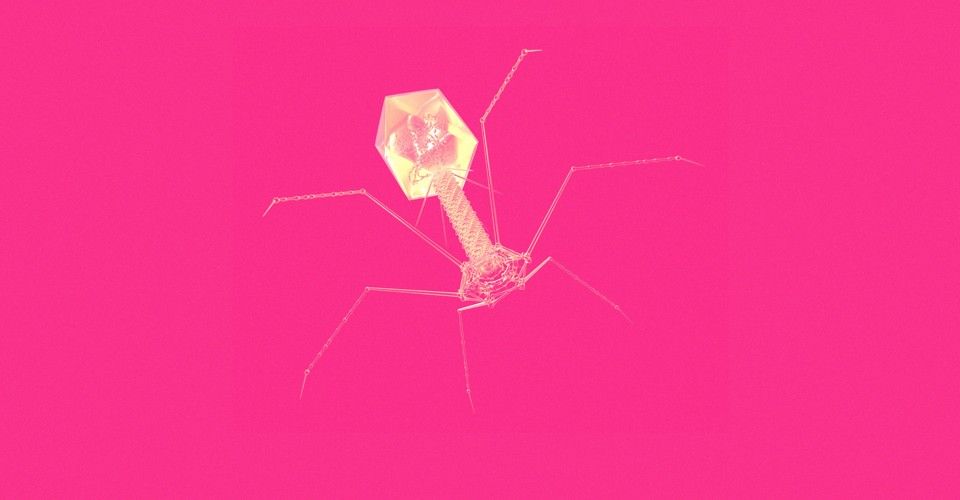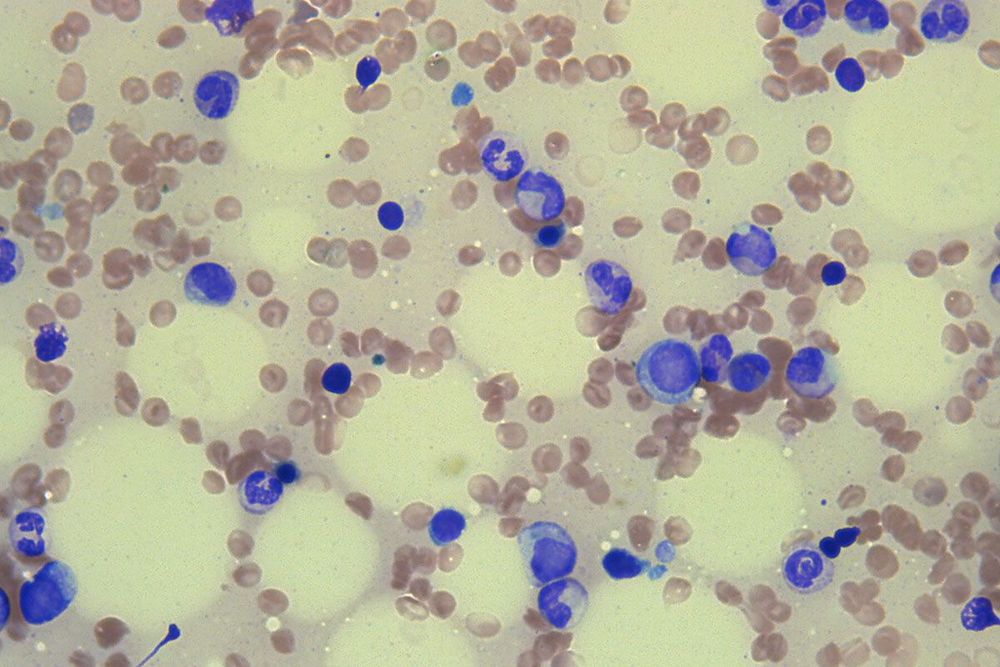A photo comparison from 2012 and 2019 show what Martian weather has done to the Curiosity rover.
SHANGHAI—Hundreds of Americans were preparing to fly out of Wuhan, bound for California, as fears grew at the epicenter of China’s health crisis. But more U.S. citizens aren’t leaving, having failed to secure a seat on the single U.S.-bound flight—or decided to ride out the emergency where they are.
A State Department evacuation flight promised relief for a segment of Wuhan’s roughly 1,000 Americans, as a lockdown triggered by a coronavirus outbreak turned the focus to the dangers of contagion and a long quarantine in China’s…
To Read the Full Story.
NASA has announced that they have selected Axiom Space, an American company headquartered in Houston, Texas, to design, build and launch three large pressurized modules and a large Earth observation window to the International Space Station (ISS).
This partnership between NASA and Axiom is issued under Appendix I of NASA Next Space Technologies for Exploration Partnerships 2 (NextSTEP-2) public-private partnership program witch the agency hopes will help stimulate commercial development of deep space exploration capabilities.
Appendix I of NextSTEP-2 was originally issued on June 7th 2019 and called for private companies to bid to develop habitable commercial modules, to be built and launched to the International Space Station, and then attached to the forward end of the station as part of NASA’s long term plan to open up the ISS to large amounts of commercial opportunities.
The chief of staff of the U.S. Air Force, Gen. Dave Goldfein, confirmed to CNBC the plane that crashed was an Air Force E-11 military airplane. The plane crashed Monday in territory under Taliban control. Arif Noori, a spokesman for the governor’s office in Ghazni, said fire brigades, security officials and rescue teams were at the scene of the crash.
01:01
This could be used to create super immune cells in crispr.
A phage that resists all forms of the antiviral defense known as CRISPR has an unusual means of survival.
Scientists are trying to manufacture eggs and sperm in the laboratory. Will it end reproduction as we know it?
Dreams can feel awfully real when you’re deep in sleep. Perhaps you find a hidden doorway in your home that leads to entirely new rooms and passageways. Maybe you went to work in your underwear—yikes.
When you wake up, you check your closet for that mysterious doorway; maybe you jolt awake in a cold sweat, instantly relieved you still have plenty of time to properly clothe yourself before leaving the house. Regardless, whatever you were experiencing felt very real just moments ago.
Dreams are essentially vivid memories that never existed. Yet you find yourself inside an all-encompassing parallel reality, a fantastical world that’s uniquely yours. The trouble with dreams, especially the fun ones, is that they’re fleeting. Often, you can’t remember a thing from a dream just moments after waking—the echo of some feeling is all that remains. But what if you could record your dreams, and play them back for analysis, or even share them with friends?
A new study from Washington University School of Medicine in St. Louis suggests that bone marrow — or blood stem cells — from healthy donors can harbor extremely rare mutations that can cause health problems for the cancer patients who receive them.
A stem cell transplant — also called a bone marrow transplant — is a common treatment for blood cancers, such as acute myeloid leukemia (AML). Such treatment can cure blood cancers but also can lead to life-threatening complications, including heart problems and graft-versus-host disease, in which new immune cells from the donor attack a patient’s healthy tissues.
A new study from Washington University School of Medicine in St. Louis suggests that extremely rare, harmful genetic mutations present in healthy donors’ stem cells — though not causing health problems in the donors — may be passed on to cancer patients receiving stem cell transplants. The intense chemo- and radiation therapy prior to transplant and the immunosuppression given after allow cells with these rare mutations the opportunity to quickly replicate, potentially creating health problems for the patients who receive them, suggests the research, published Jan. 15 in the journal Science Translational Medicine.
Among the concerns are heart damage, graft-versus-host disease and possible new leukemias.
How To Live Forever — EPIC HOW TO
Posted in law, life extension
What other EPIC stuff do you want to learn? ►► Subscribe! http://brrk.co/AWEsub
People have been trying to live forever… well forever. Joe Bereta is here to tell you everything you need to know in order to live as long as humanly possible.
Tell us in the comments what you want us to teach you next!
If you rely on the information portrayed in this video, you do so at your own risk and you assume the responsibility for the results. You hereby release Break, its parents, affiliates subsidiaries, and any person included in this programming expressly or implicitly from any and all actions, claims, or demands that you, your heirs, distributees, guardians, next of kin, spouse or legal representatives now have, or may have in the future, for injury, death, property damage, or any other liability that may result related to the information provided in this video.
BREAKING: We’ve confirmed that the Ring doorbell app on Android covertly shares personally identifiable information on its users with third-party companies, including Facebook… Information delivered to Facebook (even if you don’t have a Facebook account)
Ring isn’t just a product that allows users to surveil their neighbors. The company also uses it to surveil its customers.
An investigation by EFF of the Ring doorbell app for Android found it to be packed with third-party trackers sending out a plethora of customers’ personally identifiable information (PII). Four main analytics and marketing companies were discovered to be receiving information such as the names, private IP addresses, mobile network carriers, persistent identifiers, and sensor data on the devices of paying customers.
The danger in sending even small bits of information is that analytics and tracking companies are able to combine these bits together to form a unique picture of the user’s device. This cohesive whole represents a fingerprint that follows the user as they interact with other apps and use their device, in essence providing trackers the ability to spy on what a user is doing in their digital lives and when they are doing it. All this takes place without meaningful user notification or consent and, in most cases, no way to mitigate the damage done. Even when this information is not misused and employed for precisely its stated purpose (in most cases marketing), this can lead to a whole host of social ills.








